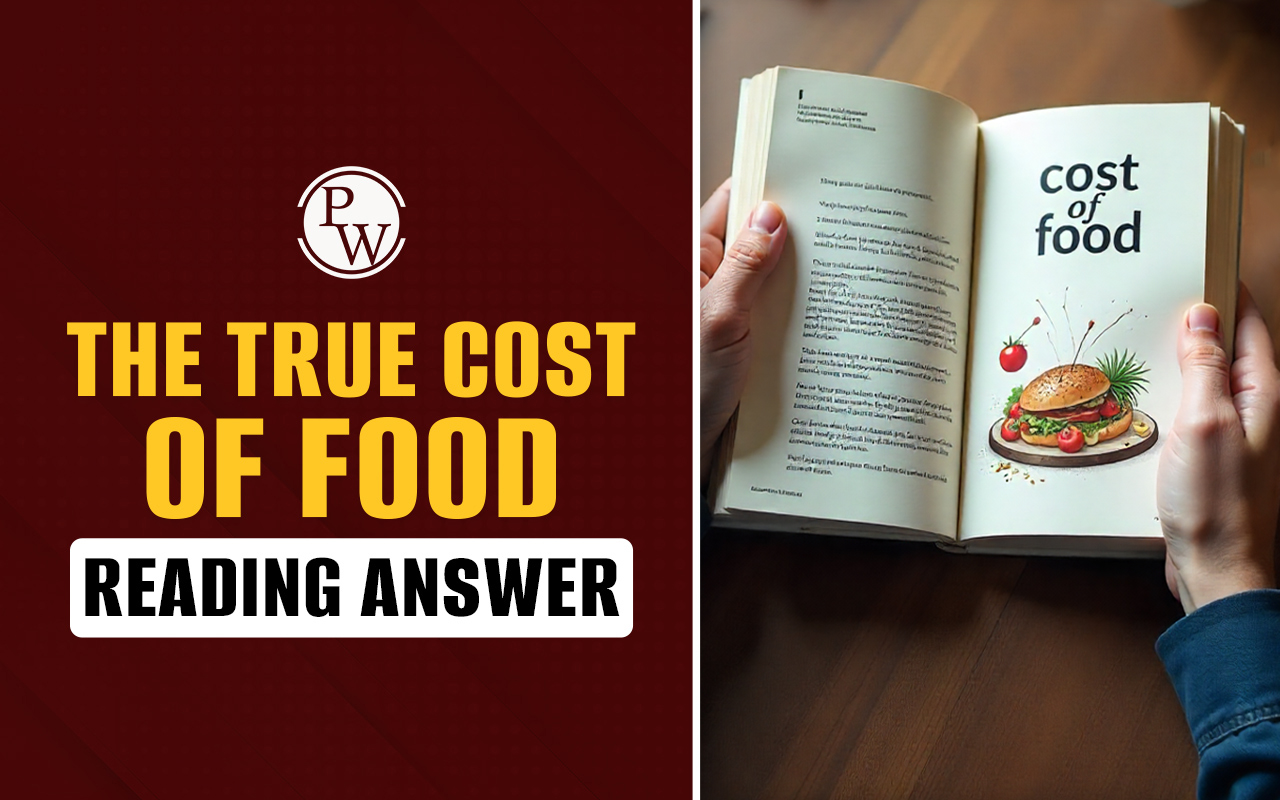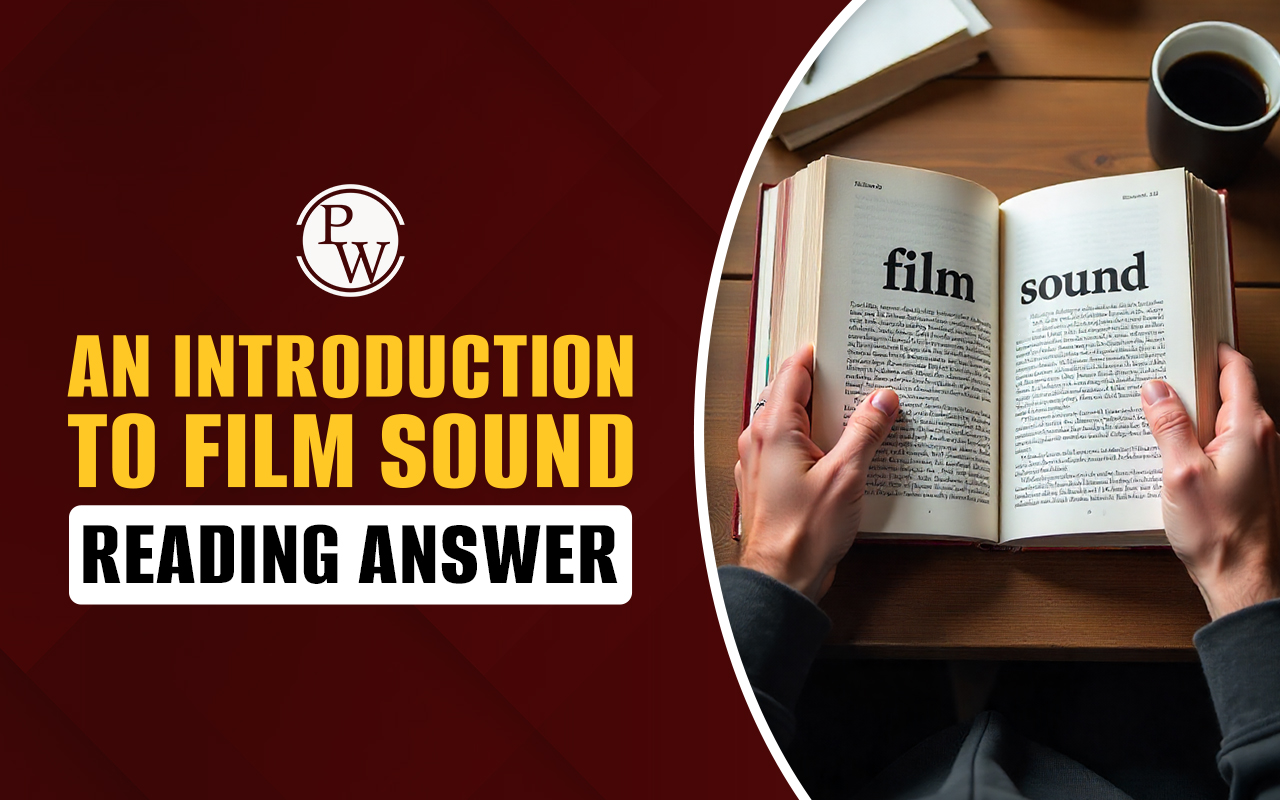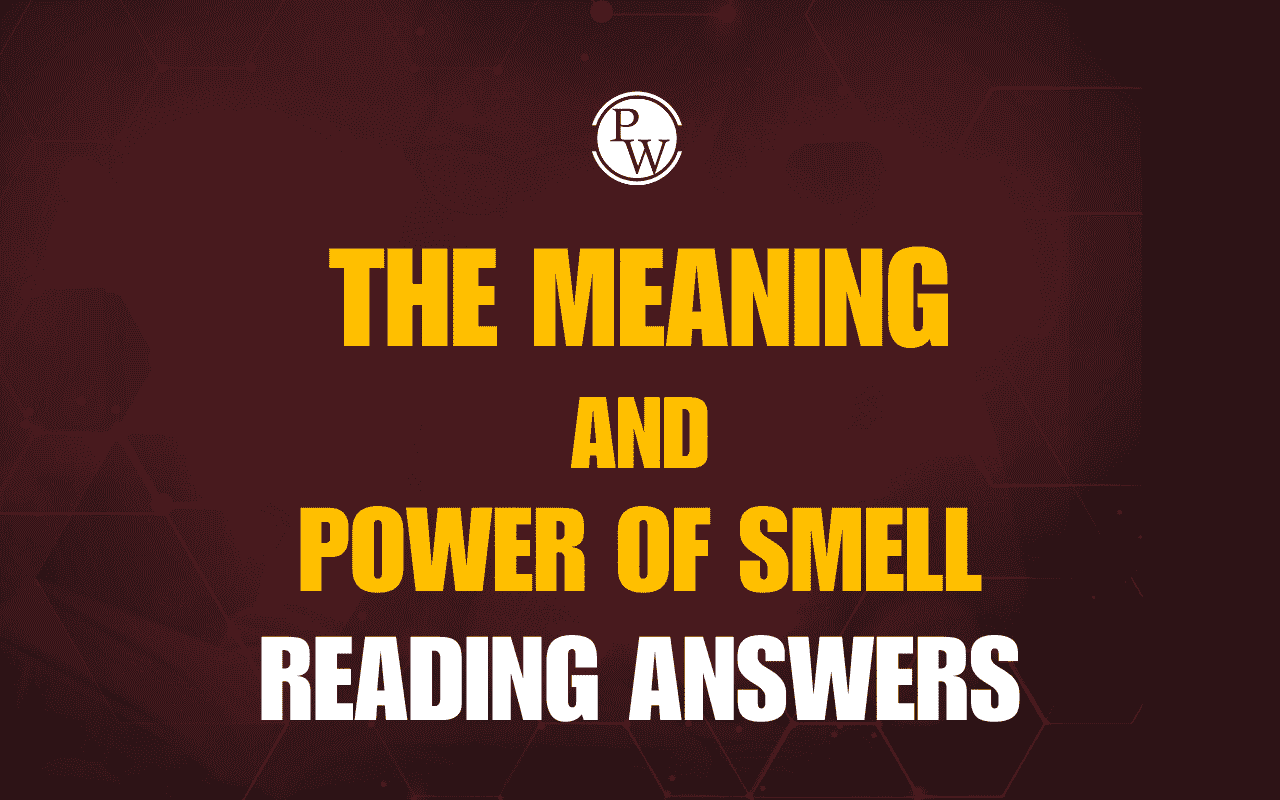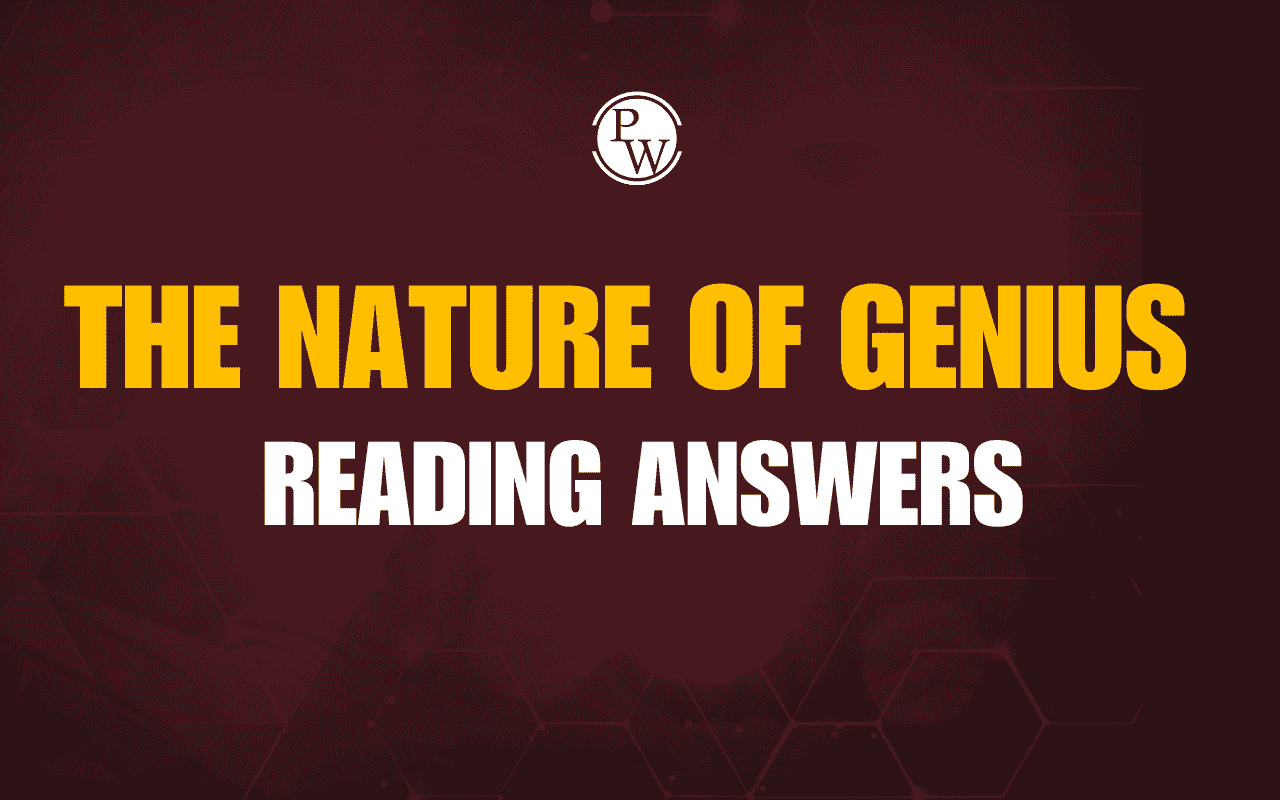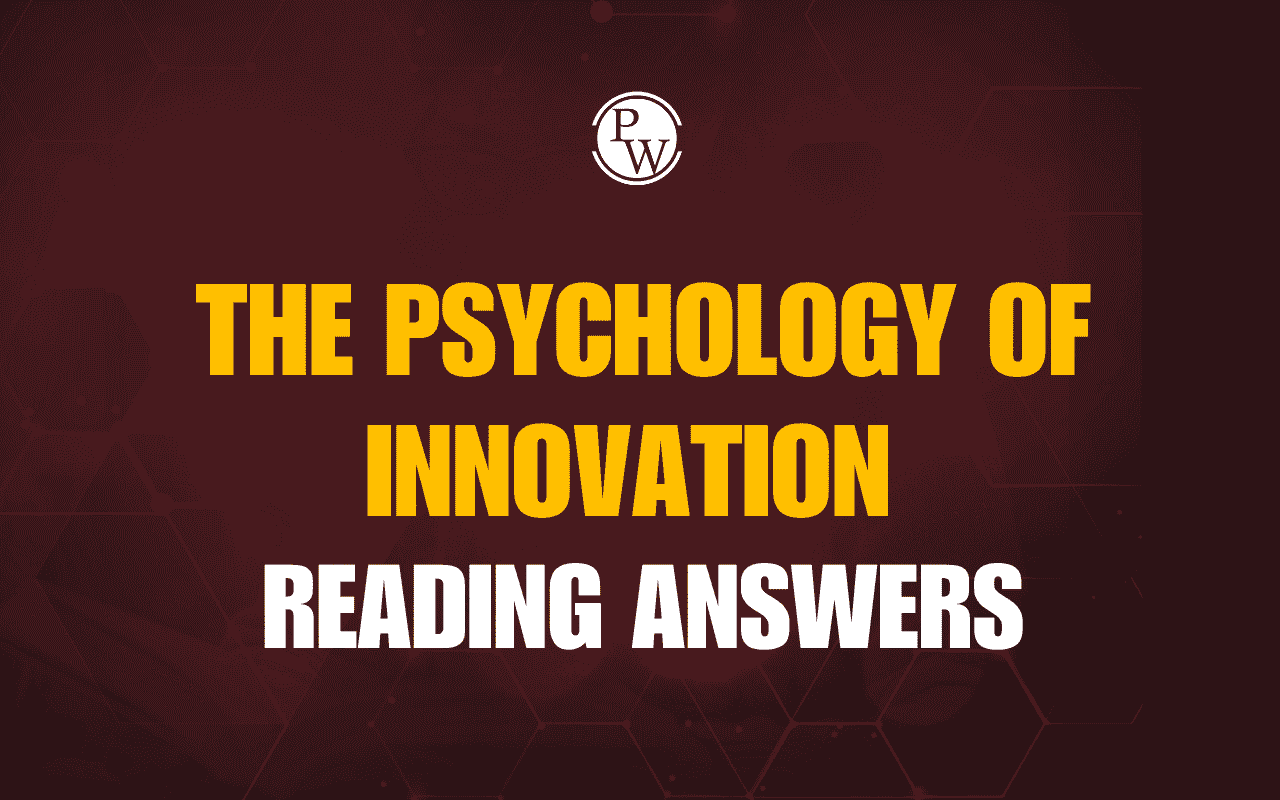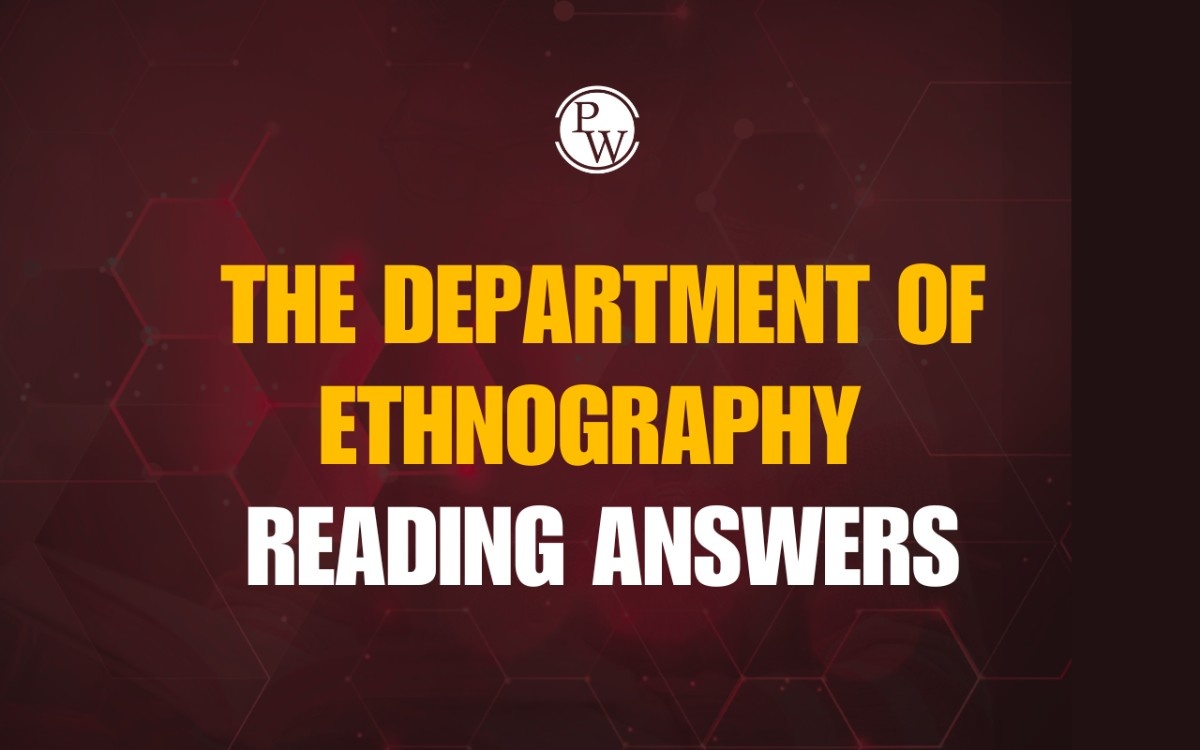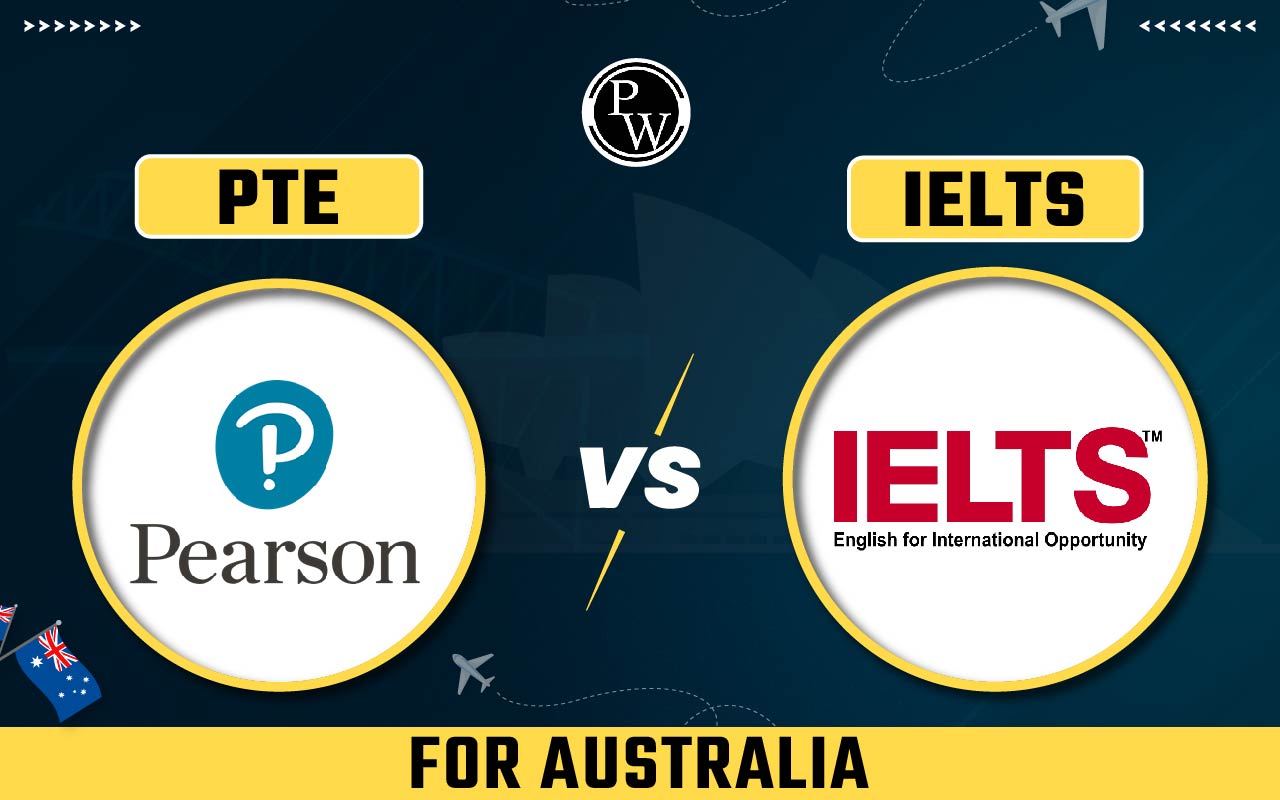
PTE vs IELTS for Australia: If you are an international candidate and willing to study, work, or seek permanent residency (PR) in Australia, then demonstrating your English proficiency is necessary. Australia has no specific English language requirements test for international candidates. However, IELTS and PTE are widely accepted for this purpose. Meanwhile, choosing which test is suitable for you is quite difficult. Here, we will discuss all the essential components of both PTE and IELTS test including their test format, scoring methods, result timelines, and recognition.
PTE vs IELTS for Australia
When deciding between IELTS and PTE Academic for Australia, it is important to understand how each test differs in structure, delivery, and purpose. The table below offers a side-by-side comparison of key features to help you make a proper decision.
| PTE vs IELTS for Australia | ||
|---|---|---|
|
Feature |
IELTS |
PTE Academic |
|
Test Types |
Academic & General Training |
Academic (for study/work), Core (for PR) |
|
Accepted By |
12,500+ organisations globally, incl. Australian immigration |
Thousands of institutions accepted all Australian visa types |
|
Visa Acceptance |
All student and migration visa subclasses |
All student and migration visa subclasses |
|
Test Delivery |
Paper-based or computer-based |
Fully computer-based |
|
Speaking Test |
Face-to-face or video call with an examiner |
Through a microphone in a shared test room |
|
Score Reporting Time |
1–5 days (1 day for computer test results) |
Typically within 48 hours |
|
Test Duration |
Approx. 2 hours 45 mins |
Approx. 2 hours and 15 minutes |
|
Retake Policy |
One Skill Retake (Listening, Reading, Writing or Speaking) |
Must retake the entire test |
|
Test Fee (Australia) |
Approx. AUD 460 |
Approx. AUD 475 |
|
Scoring Method |
Human examiners + automated scoring |
Fully machine-scored (some human review from 2024) |
|
Navigation |
Can skip and return to questions |
Must move forward only, question by question |
Recognition and Use in Australia
The Department of Home Affairs Australia accepts both IELTS and PTE for international candidates. Candidates can apply for the following visa types after appearing for the IELTS or PTE academic:
-
Student visa (subclass 500)
-
Temporary Graduate visa (subclass 485)
-
Skilled Migration (subclass 189, 190, 491)
-
Employer-Sponsored visas (subclass 482, 186)
Australia also accepts IELTS General Training for non-academic purposes such as general skilled migration. Meanwhile, according to the latest reforms, the PTE core is also accepted for general English proficiency for Australian permanent residency and citizenship pathways..
Speaking Test Experience
In the IELTS Speaking test, candidates are examined privately by a trained examiner. Candidates can attend the interview face-to-face or via video call. However, it completely depends on the IELTS test centre. On the other hand, PTE Academic Speaking is recorded into a microphone with other test takers present. The response is scored by a machine and if the candidate remains silent beyond three seconds, the interview ends the response automatically by the machine.
Scoring and Marking
In the IELTS test, a 0-9 band scale is used for speaking, writing, reading, and listening. The speaking and writing sections of the IELTS test are assessed with human evaluation by trained professionals. On the other hand, PTE Academic uses an automated scoring system on a scale of 10–90 without human interference.
Top 10 Templates For IELTS Speaking Test to Get Band 9
Test Structure and Time Management
IELTS has hour test sections: Listening, Reading, Writing, and Speaking. The duration of the test is 2 hours and 45 minutes and each section has their own time limit. Whereas, the PTE test conducts speaking and writing sections that include integrated tasks like summarizing spoken text to assess the English language skills of candidates. PTE Academic has time restrictions for each question and a candidate can not revisit the previous question once submitted.
Accessibility and Retake Options
Candidates can get more flexibility in the IELTS exam. It offers a One Skill Retake feature for candidates to improve their overall IELTS band score. Candidates have the flexibility to appear for only one section of the complete test. Whereas, PTE has no such feature, available for candidates. PTE requires test takers to rebook and retake the entire exam.
Test Structure and Time Management
IELTS separates Listening, Reading, Writing, and Speaking into distinct sections. Each has set time limits, and test takers can manage their pace in each part. While, PTE blends skills. For example, speaking and writing sections include integrated tasks like summarizing spoken text. It is time-restricted at the individual question level, and test takers cannot revisit previous questions.
Accessibility and Retake Options
IELTS offers more flexibility through its One Skill Retake feature (available globally from 2023), allowing test takers to retake one section rather than the full test. PTE requires test takers to rebook and retake the entire exam, even if they need to improve only one component.
Test Availability and Booking
IELTS is widely available across Australian cities and regional areas with multiple test centres. It offers both paper-based and computer-delivered formats. On the other hand, PTE is also available nationwide, but limited to computer-based testing. It does not offer a paper-based test format for candidates.
PTE vs IELTS Score Comparison
Below is an approximate comparison between IELTS and PTE scores based on official concordance:
|
PTE vs IELTS Score Comparison |
|
|---|---|
|
IELTS Band |
PTE Equivalent |
|
9.0 |
89–90 |
|
8.5 |
83–85 |
|
8.0 |
79–82 |
|
7.5 |
73–78 |
|
7.0 |
65–72 |
|
6.5 |
58–64 |
|
6.0 |
50–57 |
|
5.5 |
42–49 |
|
5.0 |
36–41 |
Guidance of PW IELTS
Physics Wallah offers multiple online IELTS courses for all students. Follow the IELTS pages to better prepare for the exam.
| What is IELTS Exam? | Documents Required for IELTS Registration |
| IELTS exam eligibility requirements | IELTS Exam Fees |
| IELTS test results | IELTS Exam Pattern |
PTE vs IELTS for Australia FAQs
Is PTE better for Australia or IELTS?
What is IELTS 7 equal to PTE?
Is PTE harder than IELTS?
Does Australia accept PTE score?




